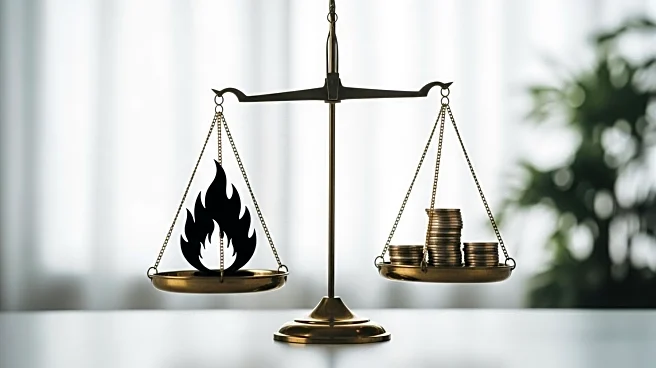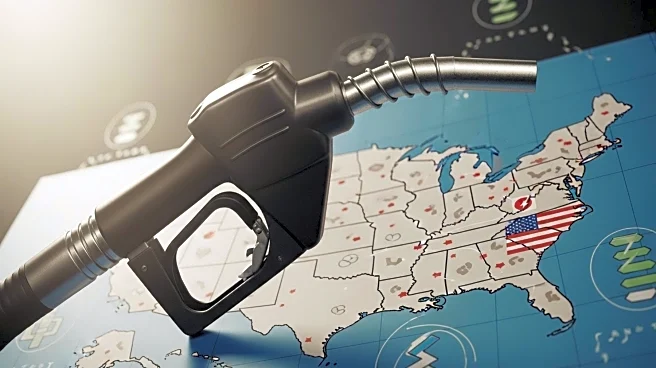What's Happening?
The American Road & Transportation Builders Association has analyzed the Federal Highway Administration's National Bridge Inventory, revealing that 220,295 U.S. bridges require repair, with 74,472 needing replacement. Currently, 41,677 bridges are rated in poor condition. The estimated cost to address these repairs is approximately $400 billion. Despite the passage of a historic 2021 infrastructure law, which allocated $40 billion for bridge repairs, the funds fall short of the estimated need. Bob Hellman, CEO of American Infrastructure Partners, emphasizes the urgency of addressing these infrastructure issues, noting that private infrastructure investment could complement public funding and expedite project delivery.
Why It's Important?
The state of U.S. infrastructure, particularly bridges, is critical for public safety and economic efficiency. The shortfall in funding for necessary repairs poses risks of potential bridge failures, which could lead to significant human and economic consequences. Private investment in infrastructure could provide a solution by offering additional financial resources without increasing public debt. This approach has been successfully implemented in projects like Pennsylvania's Rapid Bridge Replacement program, which utilized public-private partnerships to replace structurally deficient bridges efficiently. The involvement of private capital could accelerate the repair process, ensuring safer and more reliable infrastructure.
What's Next?
The debate over infrastructure funding is likely to continue, with discussions focusing on how to effectively combine federal programs, state dollars, and private investment to address the backlog of bridge repairs. Stakeholders, including government agencies and private investors, will need to collaborate to establish transparent procurement processes and long-term contracts that ensure accountability and performance. As inflation continues to erode public funding, exploring innovative financing models will be crucial to meeting infrastructure needs and preventing future disasters.
Beyond the Headlines
The broader implications of the infrastructure funding shortfall extend beyond immediate repairs. The condition of U.S. infrastructure affects economic competitiveness, public safety, and environmental sustainability. As extreme weather events become more frequent, older infrastructure designed to past standards faces increased stress, highlighting the need for modernization. The integration of private capital into infrastructure projects could also drive financial discipline and efficiency, potentially setting a precedent for future public-private collaborations in other sectors.










